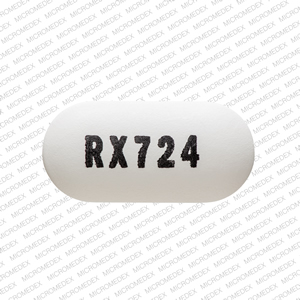Loratadine/pseudoephedrine Interactions
There are 328 drugs known to interact with loratadine/pseudoephedrine, along with 7 disease interactions, and 2 alcohol/food interactions. Of the total drug interactions, 21 are major, 288 are moderate, and 19 are minor.
- View all 328 medications that may interact with loratadine/pseudoephedrine
- View loratadine/pseudoephedrine alcohol/food interactions (2)
- View loratadine/pseudoephedrine disease interactions (7)
Most frequently checked interactions
View interaction reports for loratadine / pseudoephedrine and the medicines listed below.
- Adderall (amphetamine / dextroamphetamine)
- Advair Diskus (fluticasone / salmeterol)
- Benadryl (diphenhydramine)
- Celebrex (celecoxib)
- CoQ10 (ubiquinone)
- Cymbalta (duloxetine)
- Eliquis (apixaban)
- Fish Oil (omega-3 polyunsaturated fatty acids)
- Flonase (fluticasone nasal)
- Glucosamine & Chondroitin with MSM (chondroitin / glucosamine / methylsulfonylmethane)
- Iron Sulfate (ferrous sulfate)
- Lexapro (escitalopram)
- Lyrica (pregabalin)
- Nexium (esomeprazole)
- Ozempic (semaglutide)
- Paracetamol (acetaminophen)
- ProAir HFA (albuterol)
- Probiotic Formula (bifidobacterium infantis / lactobacillus acidophilus)
- Prozac (fluoxetine)
- Singulair (montelukast)
- Symbicort (budesonide / formoterol)
- Synthroid (levothyroxine)
- Tylenol (acetaminophen)
- Vitamin B12 (cyanocobalamin)
- Vitamin C (ascorbic acid)
- Vitamin D3 (cholecalciferol)
- Xanax (alprazolam)
- Zinc (zinc sulfate)
- Zoloft (sertraline)
- Zyrtec (cetirizine)
Loratadine/pseudoephedrine alcohol/food interactions
There are 2 alcohol/food interactions with loratadine / pseudoephedrine.
Loratadine/pseudoephedrine disease interactions
There are 7 disease interactions with loratadine / pseudoephedrine which include:
More about loratadine / pseudoephedrine
- loratadine/pseudoephedrine consumer information
- Compare alternatives
- Pricing & coupons
- Reviews (109)
- Drug images
- Side effects
- Dosage information
- During pregnancy
- Drug class: upper respiratory combinations
- En español
Related treatment guides
Drug Interaction Classification
| Highly clinically significant. Avoid combinations; the risk of the interaction outweighs the benefit. | |
| Moderately clinically significant. Usually avoid combinations; use it only under special circumstances. | |
| Minimally clinically significant. Minimize risk; assess risk and consider an alternative drug, take steps to circumvent the interaction risk and/or institute a monitoring plan. | |
| No interaction information available. |
See also:
Further information
Always consult your healthcare provider to ensure the information displayed on this page applies to your personal circumstances.


